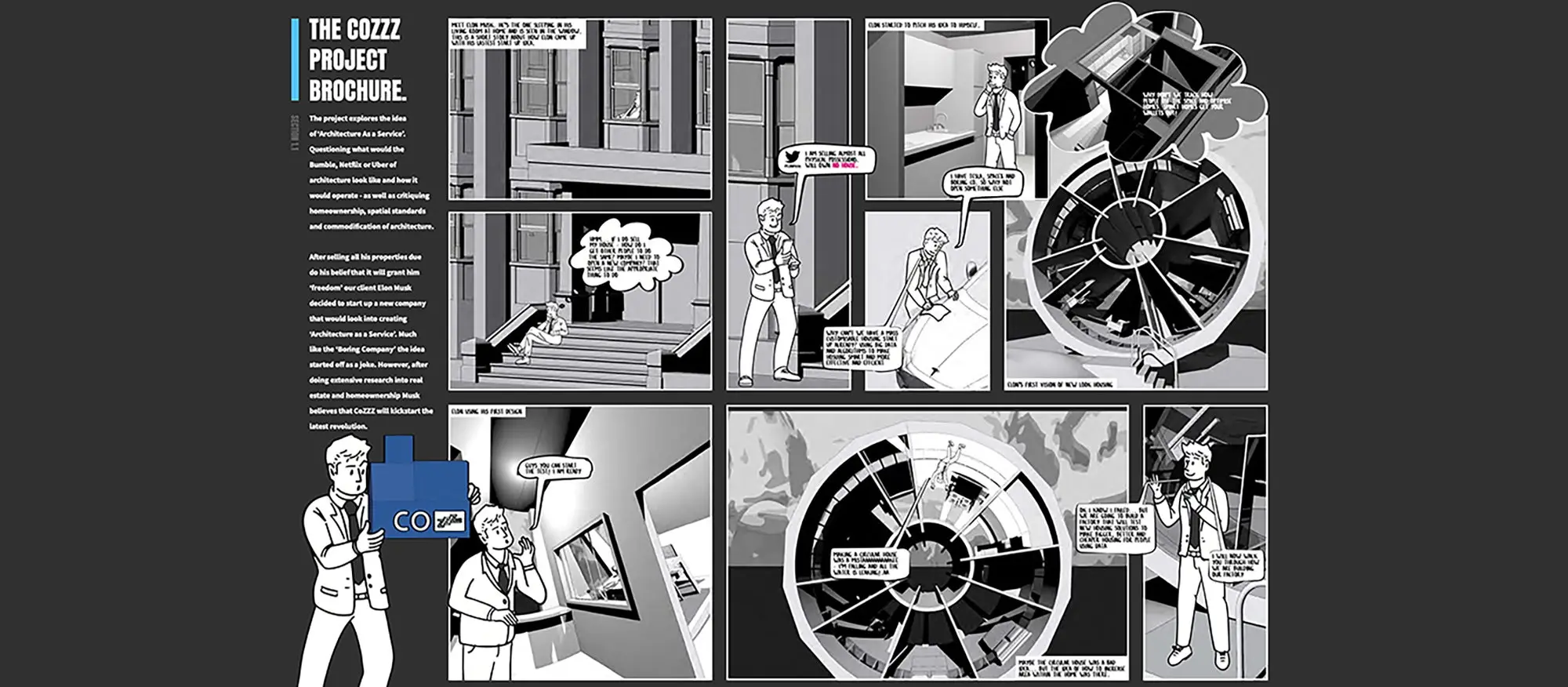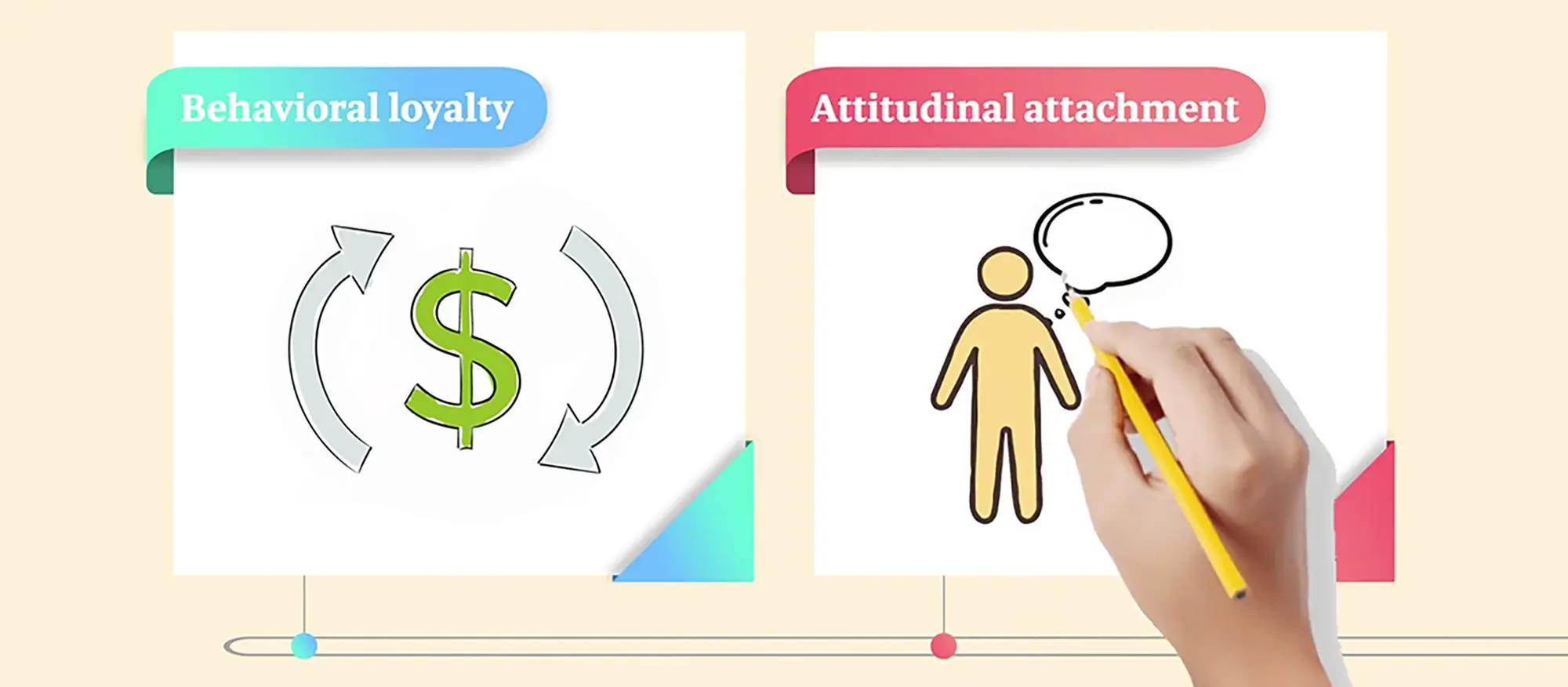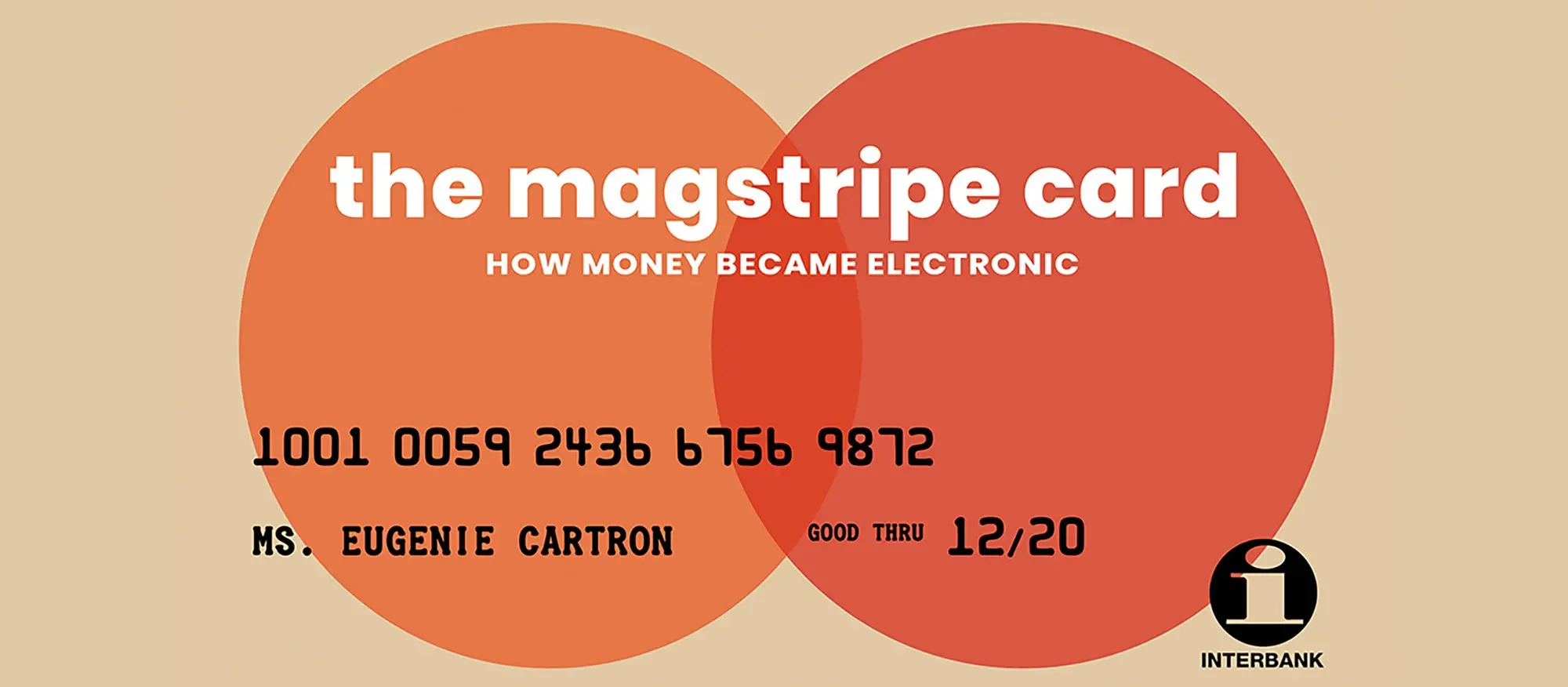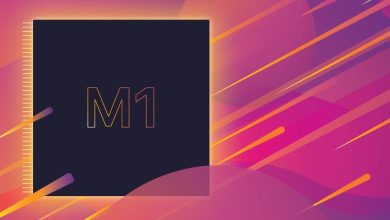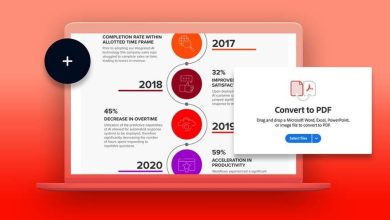Inspirational Learning with the Digital Edge Award
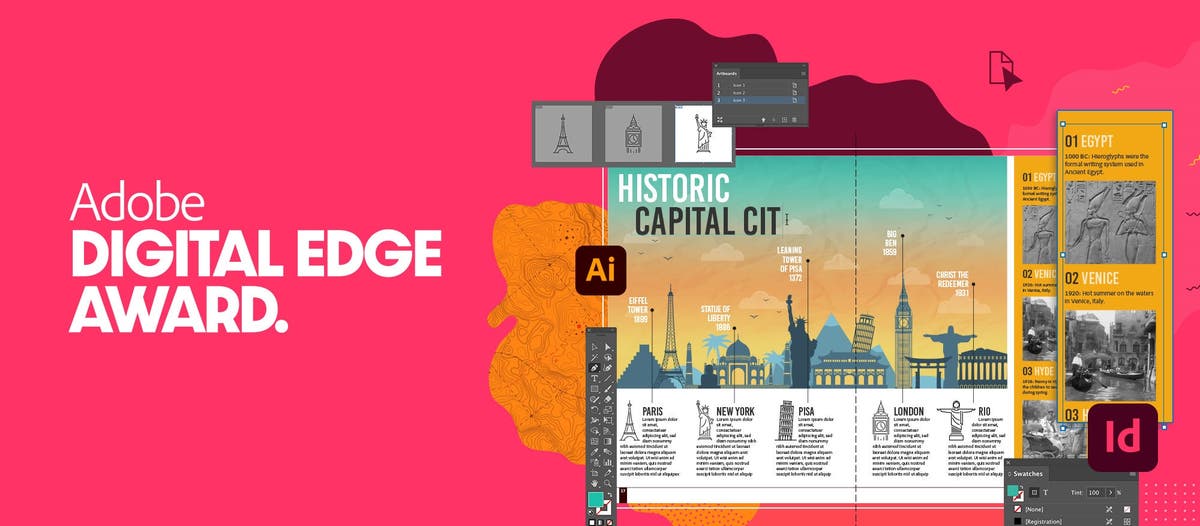
The last academic year has been one like no other; the pandemic, along with the myriad rules and restrictions, meant that the first lesson we all had to learn was that of adaptability. Operating in a complex environment in which educators are preparing students for job roles that don’t yet exist, while teaching in an environment that would have been unimaginable just 19 months ago. Social distancing led to remote learning through technology becoming the new norm, at least temporarily. Through this time Faculty and students have shown incredible resilience to juggle work, study, and childcare, along with many other responsibilities. “Digital” and “online” went from being novel prefixes for learning, to the dominant mode of delivery.
As academic institutions have adopted tools and assessment strategies that dovetail with the increasingly digital-first world, digital literacy is becoming a crucial enabler to developing key skills and mindsets that prepare graduates to thrive in a dynamic jobs market. As with our lives in general, digital technology has established its place as a default part of curriculum delivery, by necessity if not always by design. Our research with Wonkhe, A Curriculum for a Complex World, suggested that students view their development of digital fluency as, in part, depending on the digital fluency and confidence on their lecturers. It is not about adding extra “IT” classes, but rather embedding digital skills into existing work.
This is the mission of the Digital Edge Award; to showcase the great examples and opportunity for digital literacy in higher education though active learning. It is a showcase for student work at the intersection between academic rigor and digital literacy, enabling students to explore topics in new and engaging ways. The award acknowledges that creativity is a process not a result; in the process of becoming digitally literate, students must think critically, creatively solve problems, collaborate effectively, and communicate with impact – it involves embracing the unknown and the honing and application of key skills developed through digital literacy.
Students were invited to submit real assignments from their course that had been realised using Adobe Creative Cloud, with the winners announced at the end of the 2020-21 academic year. We saw over 600 entries, from 108 UK universities, and a range of degree courses including Engineering, Biological Sciences, Marketing, Medicine, Languages, and History. The result was a celebration of imagination and creativity, with participants showing talent that will help them stand out in the jobs market, as seen with the following winning entries.
View the winning entries here.
Tom Ushakov, reading architecture at University College London, created a 50-page graphic novel about the building he had been designing throughout the year. His ingenious use of storytelling via an illustrated character allowed him to portray multiple points of view in a clear, interactive manner, employing Adobe Illustrator and InDesign to great effect.
Sarunporn Dejsuvan´s entry explores the concepts taught in the Brand Strategy module of her MSc in Strategic Marketing at Imperial College of Science, Technology and Medicine. The accomplished video piece uses Illustrator and After Effects to animate the key findings of her analysis of clothing company Patagonia’s brand equity.
Eugenie Cartron of University College London, chose to present the emergence and trajectory of the Magstripe card. Studying for an MPA in Innovation, Public Policy and Public Value, Cartron used Creative Cloud to produce a presentation that intuitively conveys the breadth and depth of the technology’s journey, with an aesthetic that references the era on which her work focuses.
Looking at the above winning entries it is easy to see how the creativity and digital skills on display will help these graduates navigate and find their place in the jobs market. By fusing digital development with the core curriculum, their lecturers were able to give their students the license to respond to assignments creatively.
If you’re interested in finding out more about cultivating digital literacy in students, and to sign up to find out when submissions for the next Digital Edge Award open, please click here. As we have seen from this year’s winners, there is abundance of creativity waiting for an opportunity to be showcased. With Adobe Creative Cloud as a vehicle for educators to enable their students, we can shine a light on the incredible talent out there and help bring digital literacy to the fore.
Source : Adobe

